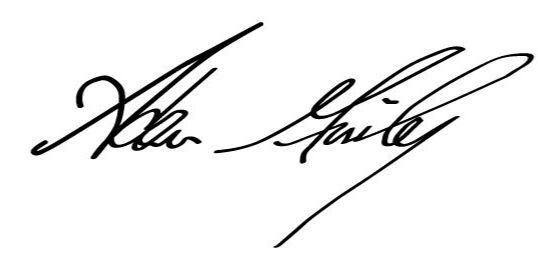 Tomorrow evening, community members will gather to begin celebrating Purim. While gifts of food, creative costumes, and festive parties all characterize the holiday, the centrepiece of Purim is the reading of Megillat Esther, the Book of Esther.
Tomorrow evening, community members will gather to begin celebrating Purim. While gifts of food, creative costumes, and festive parties all characterize the holiday, the centrepiece of Purim is the reading of Megillat Esther, the Book of Esther.
As we hear the remarkable account of the rescue of the Jewish people from destruction in ancient Persia, we find in its two leading figures, Mordechai and Esther, an instructive model for how to advocate for one’s community in the face of evil and hatred.
The first we see in Mordechai, revealed not in what he said but in what he did—or refused to do. In chapter three, we read that Mordechai defied King Ahasuerus’ order and would not “kneel or bow low” to Haman, the king’s top official. What’s no less revealing in this passage is the contrast with the behaviour of those around him, as the text notes that “all” of the king’s attendants bowed to Haman.
Reading between the lines, there’s a fascinating takeaway at hand. Mordechai was not an anti-monarch or revolutionary. In fact, just a few sentences earlier, we read that Mordechai saved the king from a violent coup that two embittered officials had been plotting. In other words, Mordechai “bought into” the system of which he was a part.
At the same time, uniquely among the king’s officials, Mordechai had the conviction and self-respect to stand up for what he believed in, even if it put his own standing (and his very life) in jeopardy. What looks to an outsider like unthinking stubbornness is far from it. Mordechai teaches us that going along to get along is the kind of thoughtlessness that causes one to lose sight of their principles.
The second model of advocacy we see is in Esther, who rose to the moment with a level of strategic sophistication that should inspire any modern-day political operative. After Mordechai urges her to use her royal position as queen to advocate for her people, Esther doesn’t simply bulldoze her way into the king’s quarters. She moves forward with a methodical plan.
First, the text reveals that she not only prepared, but enlisted the entire community in those preparations by having Mordechai instruct the Jews of Shushan to join her in fasting for three days.
Second, she next invited the king (and Haman) to an impromptu feast she had organized, a move that feels as though it’s designed to remind Ahasuerus of Esther’s charm and consideration. Esther realizes that, before attempting to open the king’s mind to the reality of Haman’s evil, she must first appeal to the king’s heart, drawing on their special relationship and the affection that underpins it. Later at the feast, when the king asks Esther what she desires and says her wish will be granted before she even answers, it’s her signal that the stage is set for her monumental request.
Third, when the moment comes, Esther doesn’t simply say what she wants. She spells out—clearly and concisely—the consequences of what will happen if the king doesn’t act: “For we have been sold, my people and I, to be destroyed, massacred, and exterminated.” The king, enraged at the horrifying prospect, demands to know who is responsible for these evil plans. The dramatic downfall of Haman is soon completed.
The Jewish tradition includes many heroes who have stood up to the forces of evil and spoken truth to power. Mordechai and Esther have a cherished place in that tradition, precisely because they reflect Jewish activism par excellence.
I can’t think of a more relevant model to inspire us today as we stand up to hate. May we do so without sacrificing the joy and positivity of being Jewish that our kids deserve to experience not only on Purim, but always.
Chag Purim Sameach,

Adam Minsky
President & CEO
UJA Federation of Greater Toronto
